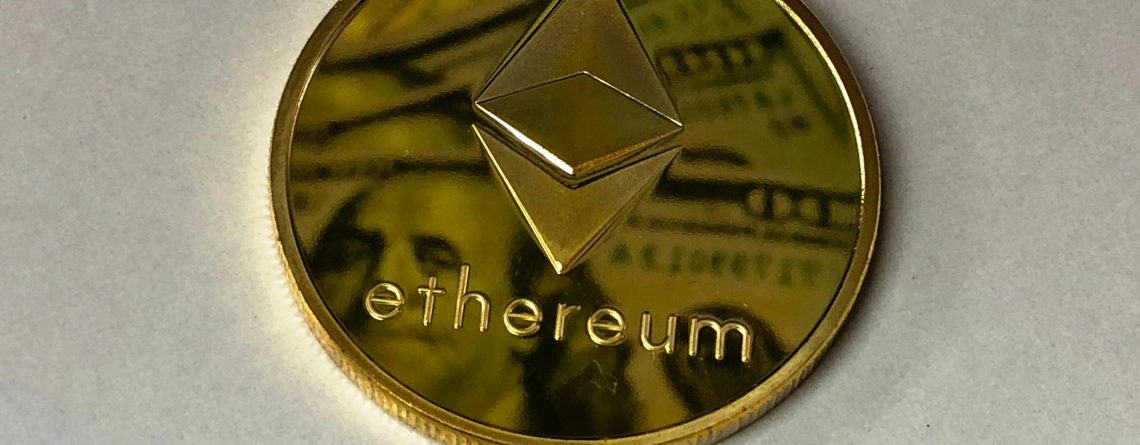The Future of Blockchain: Altcoins Solving Real-World Problems
When most people hear “cryptocurrency,” Bitcoin is usually the first thing that comes to mind. However, beyond Bitcoin, a new wave of altcoins (cryptocurrencies other than Bitcoin) is emerging, each with the potential to solve real-world problems and change industries.
From revolutionizing decentralized finance (DeFi) to transforming supply chains, these altcoins are making a significant impact. While we’re not offering financial advice, let’s explore five altcoins that show promise and could reshape the future of blockchain technology.
1. Ethereum (ETH) – The Smart Contract Leade
Ethereum has become synonymous with blockchain innovation, primarily due to its ability to host smart contracts.
These self-executing contracts automatically enforce the terms of agreements through code, making Ethereum more than just a digital currency—it powers decentralized applications (dApps) in sectors like finance, gaming, and even supply chains.
What it does:
Ethereum provides a platform for developers to create decentralized apps, helping build a more open and secure web. The Ethereum 2.0 upgrade is set to improve scalability, reduce energy consumption, and speed up transactions, making the network even more efficient.
Why it matters:
Ethereum’s smart contract capabilities allow for decentralized finance (DeFi), NFT marketplaces, and decentralized governance. It’s paving the way for a future where financial transactions and apps operate without intermediaries, empowering users globally.
2. Solana (SOL) – Speed and Scalability
Solana is designed to be a faster, more scalable alternative to Ethereum. While Ethereum often faces high gas fees and network congestion, Solana uses a unique proof-of-history (PoH) mechanism to process transactions quickly and at a low cost.
What it does:
Solana’s blockchain can handle thousands of transactions per second (TPS), far surpassing Ethereum’s speed. This makes it ideal for high-speed decentralized applications like DeFi, NFTs, and Web 3.0.
Why it matters:
Solana’s scalability makes it a strong contender for projects requiring fast performance, such as gaming and decentralized finance. By reducing transaction fees and increasing throughput, Solana offers an attractive alternative for developers looking for efficiency.
3. Polkadot (DOT) – Blockchain Interoperability
Polkadot is addressing one of the blockchain space’s biggest challenges—interoperability. Currently, blockchain networks operate in isolation, making it difficult for them to communicate. Polkadot aims to link various blockchains, enabling them to work together seamlessly.
What it does:
Polkadot allows blockchains to transfer data and assets across networks, facilitating greater collaboration. Its architecture enables different blockchain projects to build on its network while maintaining their autonomy.
Why it matters:
Polkadot’s focus on interoperability could pave the way for a more connected blockchain ecosystem. It has the potential to improve industries such as finance and supply chain management by facilitating collaboration and efficiency across different networks.
4. Chainlink (LINK) – Bridging Smart Contracts and Real-World Data
Chainlink solves a crucial problem in the blockchain world: connecting smart contracts to real-world data. Without external information, smart contracts are limited, but Chainlink’s decentralized oracle network allows them to access data from outside the blockchain.
What it does:
Chainlink enables smart contracts to interact securely with real-world data, such as APIs and payment systems. This capability is vital for decentralized finance (DeFi), insurance, and supply chain management, where real-world data is necessary to trigger contract conditions.
Why it matters:
By expanding the functionality of smart contracts, Chainlink makes them more useful in practical applications. As industries increasingly adopt decentralized solutions, Chainlink will be the critical link between blockchain and real-world data.
5. VeChain (VET) – Blockchain for Supply Chain Transparency
VeChain is transforming supply chain management by using blockchain technology to ensure transparency, traceability, and efficiency. By recording every step of a product’s journey, VeChain enables businesses and consumers to verify product authenticity and track goods in real-time.
What it does:
VeChain combines smart chips with blockchain to create an immutable record of products moving through the supply chain. This data is accessible to businesses and consumers, guaranteeing the authenticity and ethical sourcing of products.
Why it matters:
VeChain addresses significant issues like counterfeit goods and inefficiencies in logistics. By providing transparency in industries like luxury goods, pharmaceuticals, and food, VeChain is becoming an essential tool in global trade and commerce.
These altcoins are already solving real-world problems, from improving blockchain scalability to enhancing supply chain transparency. As blockchain technology continues to evolve, these projects are likely to become even more impactful.
While the future of blockchain remains uncertain, the role of these altcoins in shaping the future of blockchain technology is clear.
Recommended – The Dogecoin Rally: Trump, Musk, and the Future of Crypto

